e-mail: [email protected]
Opening hours
Monday - Friday 9:00 a.m. - 5:00 p.m.
Saturday 9:00 a.m. - 13.00 p.m.
Every guitarist surely knows what guitar effects are for. With their help we can enrich the sound of our guitar or change it so drastically it might not sound like a guitar anymore.
We can divide guitar effects to two groups, guitar pedals and multi effects. The difference stays solely in the amount of different actions they can take upon the sound. Multi effects, also known as effect processors, can have plenty of different effects in just one body of gear. They also let us save presets, meaning settings which we adjust before using it. Thanks to that we can for example switch at once into distortion, delay and reverb all together (with adjusted levels). This solution might be especially helpful while playing concerts, when we need to change many different setting very quickly.
Though with time multi effects get better and better, there’s still a group of people criticizing them for not being up to par with the sound of analogue guitar pedals. If we’re talking about popular stomp boxes, it’s usually an analogue construction and one single effect per pedal. We can join them however in any given arrangement. Usually not having a chance to save anything you do with the settings, they’re considered to compensate that with more unique tones.
Distortion / Overdrive / Fuzz – effects that distort our signal, mostly found in rock music and its different outbreaks. An overdrive is different than a distortion mostly due to its tone, and also has got some different levels. The former is far lighter, and perhaps better for genres like blues. Distortion on the other hand, would probably fit more in the context of rock or metal.
Delay (echo) / Reverb – effects that put more space to the sound. It’s something that almost adds a three dimensional texture to our playing. A delay is based on simulating sounds of an echo. There’s a lot of different versions of it, and every version has got its style and character. There’s analogue, digital, tape, dynamic or reverse delay, and many more. Reverb gives you a more atmospheric feeling. It’s probably the most frequently used effect of all. If our tone seems to be a little dry or flat, a reverb would be the first thing to go to make it better. Some popular effects of that types are for example: Boss RV-5, TC Electronic Hall Of Fame Reverb, EHX Holy Grail.
Another group of different effects are modulators. Their effect is based on cyclic changes to the signal, for example to the pitch our volume. Some of such effects are for example: a flanger (Boss BF-3, TC Electronic Vortex Flanger), a chorus (EHX Clone Analog Chorus, Moog MF Chorus), a vibrato (TC Electronic Shaker Mini Vibrato), a rotary (BBE Soul Vibe Rotary Speaker Simulator).
Wah-wah / equalizer / auto-filter – meaning filter effects. The first one is a popular pedal mimicking a voice-like sound of its onomatopoeic-wah-wah-name. It was popularized by Jimi Hendrix. The most popular types of it are Dunlop Cry Baby or Vox V847. An equalizer, which is considered to be a correctional device, allows you to change the character of your tone just by the reduction or emphasis of given frequencies. An auto-filter reacts actively to for example parts of dynamics of your playing. A good example of that is an auto-wah.
Effects such as a Pitch Shifter / Harmonizer / Octaver are the ones that can manipulate the pitch of a sound. An octaver, as its name simply implies, switches your notes an octave higher or lower. A pitch shifter allows you to change the pitch by any given measure, whereas a harmonizer serves as an intelligent pitch shifter, which automatically adjusts harmonies to whatever we play.



This website uses cookies in order to help us deliver our services. By using this website, you agree to the use of cookies in accordance with our Cookie Policy and your web browser settings.
All rights reserved. Copyright 1999 - 2025 - M.Ostrowski Sp. J. | Privacy Policy | Cookie Policy